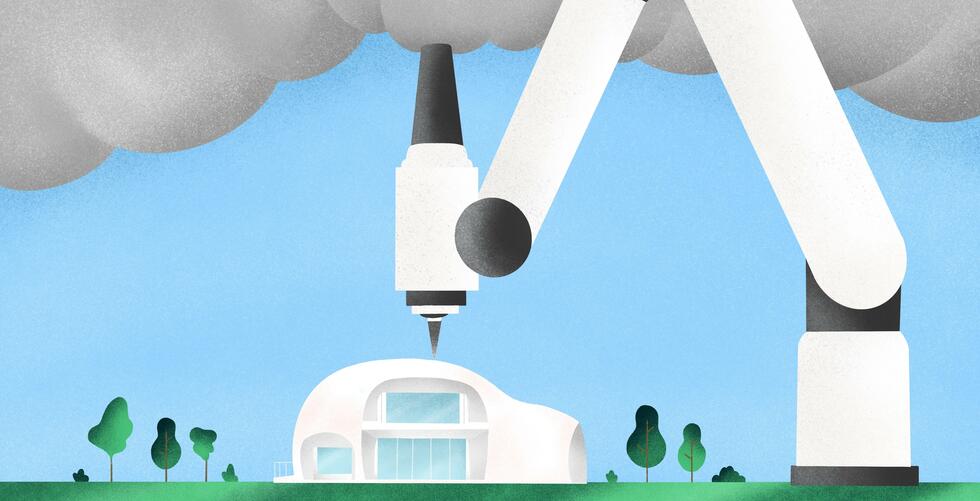SHORT NEWS
New analysis method aims to solve climate puzzle
Researchers have developed a method for analysing 1.5 million-year-old ice. The analysis – which goes back almost twice as far as previously analysed ice cores – should help solve a climate puzzle.

In the 1.5 million year old ice, 15,000 to 20,000 years of climate history are compressed into just one metre of ice core. This places completely new demands on ice core analyses, as the Swiss Federal Laboratories for Materials Testing and Research (Empa) and the University of Bern announced.
For this purpose, an Empa team has developed a new laser spectrometer that can measure greenhouse gases on a sample of just 1.5 millilitres of air. "Achieving this high precision in such small samples was hardly imaginable for a long time," said research group leader Lukas Emmenegger. A new sublimation extraction system was built at the University of Bern that makes it possible to obtain such small air samples from an ice core without contamination.
Old ice scarce
The analysis of the ice core should contribute to a better understanding of the interplay between warm and cold periods. Until about a million years ago, periods of very cold and very warm climate alternated at intervals of 40,000 years. Since then – the so-called Middle Pleistocene Transition - the ice ages and interglacial periods have alternated only about every 100,000 years. So far it is unclear how this change came about.
Climate researchers suspect that greenhouse gases, among other things, played a decisive role. This assumption is now to be investigated by the ice core drilling in Antarctica. To do this, a depth of around 2700 metres must be reached in the Antarctic ice sheet and an ice core recovered. If everything goes as planned, this should be the case in 2025.






































































































